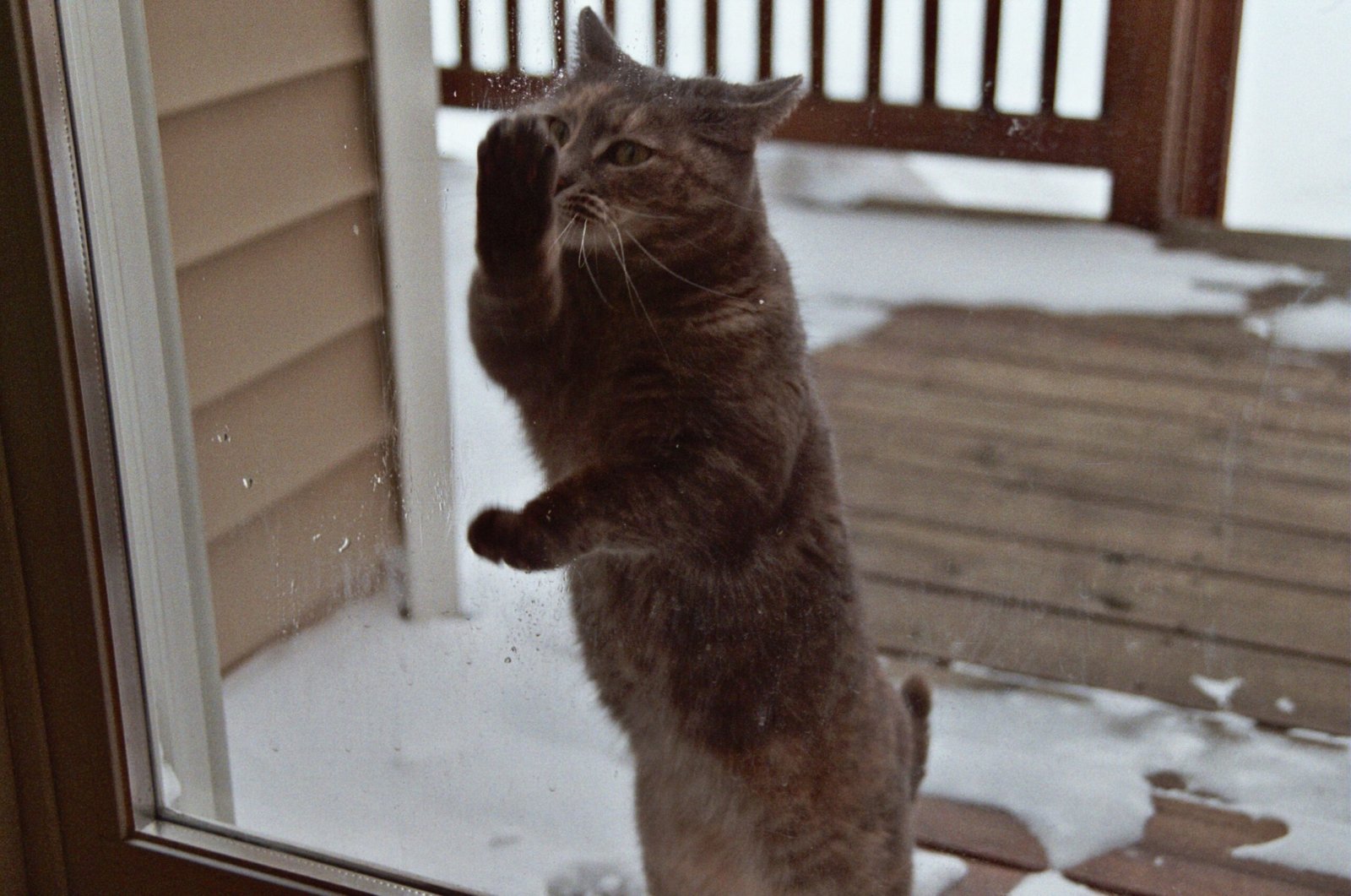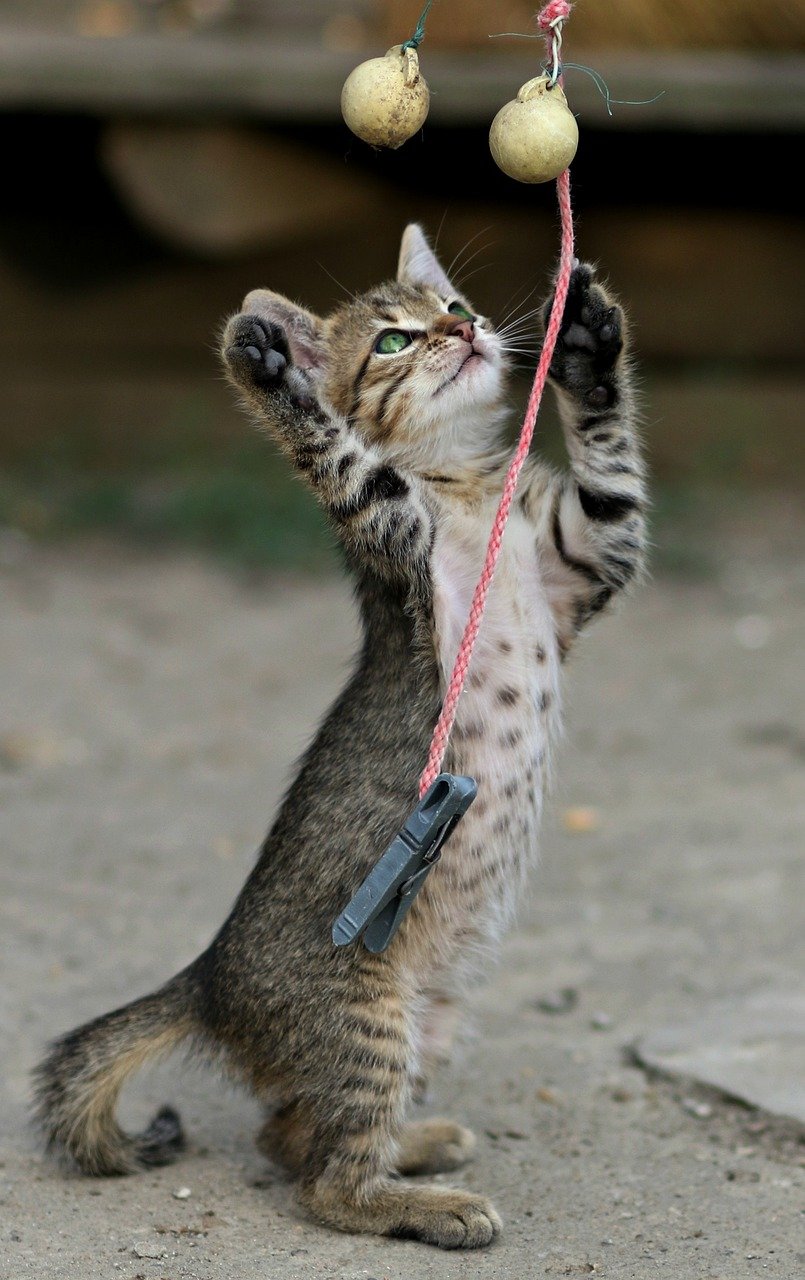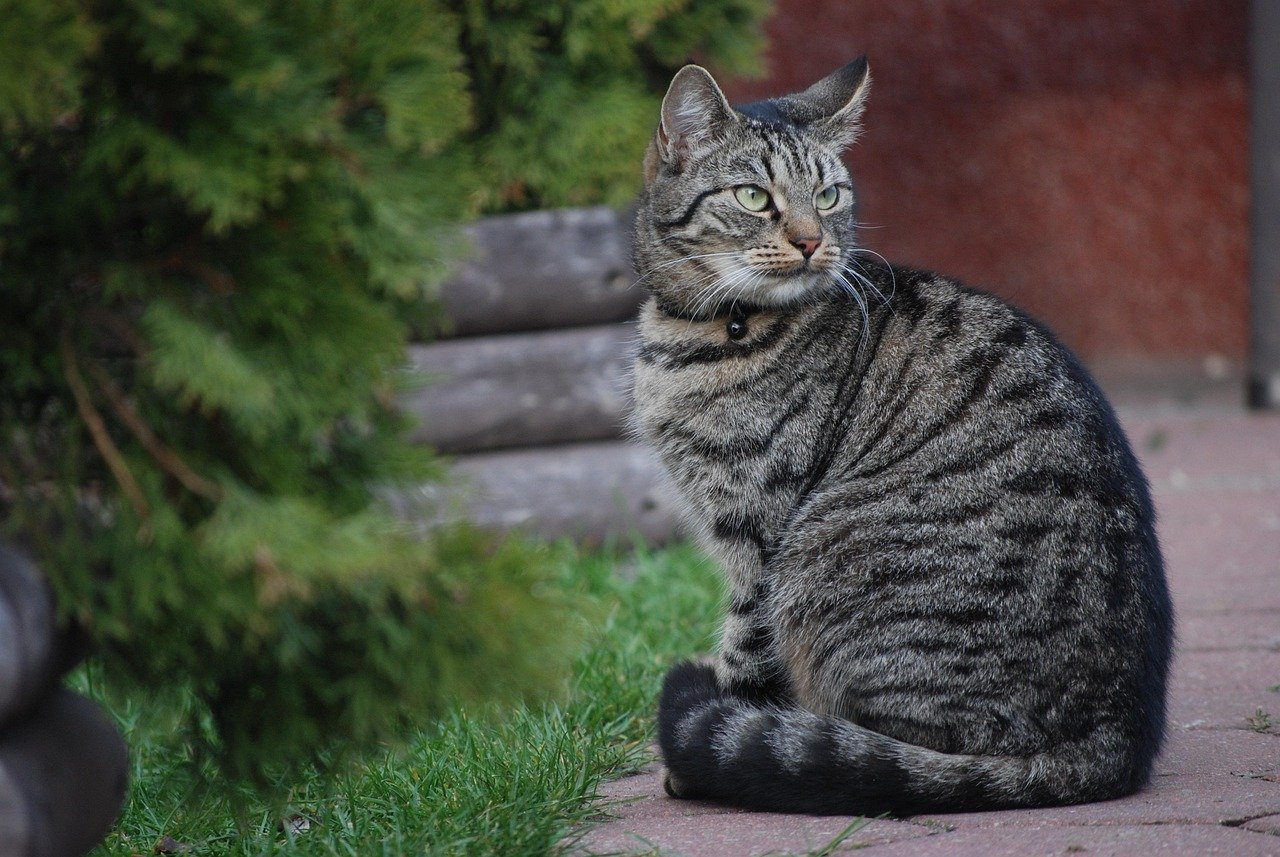Have you ever wondered why your cat sometimes seems more like a delicate flower than a fierce feline? Emotionally sensitive cats can be as unpredictable as a summer storm, yet as rewarding as a warm hug. They require a special kind of attention, particularly when it comes to the way we communicate with them. The power of your voice can be the key to unlocking their trust and soothing their nerves. But how exactly can you use your voice to reassure an emotionally sensitive cat? Let’s delve into this intriguing topic and discover the magical bond between humans and their feline companions.
The Power of Tone and Pitch
Your voice is a powerful tool, especially when it comes to communicating with your cat. The tone and pitch of your voice can convey a plethora of emotions. A gentle, soft tone can be incredibly reassuring to a sensitive cat. It’s like a warm blanket that envelops them, providing comfort and security. On the other hand, a loud or harsh tone can be startling and may cause anxiety. Imagine being in a serene garden and suddenly hearing a blaring horn; it’s unsettling, right? Similarly, your cat will respond better to a calm and soothing voice.
Understanding Your Cat’s Emotional Sensitivity
Emotionally sensitive cats are like finely tuned instruments; they pick up on the slightest changes in their environment. They can sense when you’re stressed, happy, or sad. Recognizing this sensitivity is the first step in building a strong bond. These cats may react to changes more intensely than their more laid-back counterparts. They might hide, become vocal, or even refuse to eat. Understanding their emotional landscape helps you tailor your communication to meet their needs.
Creating a Safe and Comfortable Environment
Before you even begin speaking, ensure your cat feels safe and secure in their environment. A calm setting acts as a foundation for effective communication. This means providing quiet spaces, cozy beds, and familiar scents. Think of it as setting the stage for a beautiful symphony; everything must be in harmony. When your cat feels at ease, they are more receptive to your voice and the reassurance it brings.
Using Consistent Verbal Cues
Consistency is vital when communicating with an emotionally sensitive cat. Using the same verbal cues helps your cat understand and predict your actions. For instance, saying “dinner time” before feeding creates a routine that your cat can rely on. This predictability reduces anxiety and builds trust. It’s akin to knowing that your favorite show is on every Friday night; it’s something to look forward to and rely upon.
Incorporating Soft, Repetitive Sounds

Soft, repetitive sounds can be incredibly soothing to a sensitive cat. These sounds mimic the gentle rhythms of nature, like a babbling brook or rustling leaves. Try using a gentle “shhh” or a soft hum when your cat seems anxious. These sounds create a calming atmosphere, much like a lullaby for a baby. It’s a simple yet effective way to provide comfort and reassurance.
The Importance of Eye Contact
While this article focuses on voice, eye contact plays a complementary role in communication. Gentle, slow blinking is a sign of trust and affection in the feline world. Pairing this with a soft voice can reinforce your message of reassurance. It’s like saying “I love you” with both words and actions. This dual approach strengthens the bond between you and your sensitive cat.
Recognizing Your Cat’s Vocal Cues
Communication is a two-way street. While you use your voice to reassure, your cat uses theirs to express needs and emotions. Pay attention to their vocalizations. A soft meow might indicate contentment, while a loud yowl could signal distress. Understanding these cues allows you to respond appropriately, creating a dialogue that fosters trust and understanding.
Using Gentle Words of Encouragement
Words of encouragement are not just for humans; cats can benefit from them too. Phrases like “good kitty” or “you’re safe” in a calm voice can reinforce positive behavior and provide reassurance. It’s like receiving a pat on the back for a job well done. These affirmations build confidence in your cat, helping them navigate their world with a little more ease.
Timing Your Voice Interactions

Timing is everything when it comes to using your voice with a sensitive cat. Choose moments when your cat is calm and receptive to engage in verbal communication. Avoid speaking to them during stressful events like thunderstorms or vacuuming. It’s like trying to have a heart-to-heart conversation at a rock concert; it’s just not effective. Timing your interactions ensures your message is received clearly and positively.
Building Trust Through Routine
Routine is a cornerstone of trust for emotionally sensitive cats. Regular feeding times, play sessions, and quiet moments create a predictable environment. Incorporating your voice into these routines reinforces their stability. It’s like having a reliable friend who is always there when you need them. This consistency builds a foundation of trust that reassures your cat daily.
Utilizing Music and Background Sound
Music can be a wonderful tool to soothe a sensitive cat. Soft classical music or nature sounds can create a calming backdrop for your voice. This combination can be particularly effective during stressful times, like trips to the vet. It’s akin to listening to your favorite song during a stressful commute; it makes the experience more bearable. Introducing music into your cat’s environment enhances the calming effect of your voice.
The Role of Patience in Communication

Patience is a virtue, especially when dealing with an emotionally sensitive cat. Building trust and reassurance takes time. Your cat may not respond immediately to your voice, and that’s okay. It’s like planting a seed and waiting for it to grow; it requires nurturing and patience. Over time, your consistent and gentle communication will yield a more confident and relaxed cat.
Recognizing Signs of Stress
Understanding the signs of stress in your cat is crucial for effective communication. These signs can include hiding, excessive grooming, or changes in appetite. Recognizing these behaviors allows you to tailor your voice to provide the necessary reassurance. It’s like being a detective, piecing together clues to solve a mystery. By identifying stress signals, you can address them promptly and effectively.
Encouraging Play and Interaction

Play is an excellent way to bond with your sensitive cat while using your voice. Engage in interactive play sessions with toys and verbal encouragements. This not only provides physical exercise but also strengthens your emotional connection. It’s like playing a game of catch with a friend; it’s fun and fosters companionship. Through play, your cat learns to associate your voice with positive experiences.
Practicing Mindfulness and Calmness
Your emotional state can significantly impact your cat. Practicing mindfulness and maintaining a calm demeanor helps reassure your sensitive feline. It’s like being a steady anchor in a turbulent sea. When you are calm, your cat senses this stability and feels more secure. This mutual calmness creates a nurturing environment for both you and your cat.
Using Your Voice During Grooming
Grooming can be a stressful experience for some cats. Using a soothing voice during grooming sessions can alleviate anxiety. Speak softly and offer gentle words of reassurance as you brush or trim their nails. It’s like having a gentle conversation during a spa day; it enhances relaxation. This approach turns grooming into a bonding experience rather than a dreaded chore.
Reassuring During Vet Visits

Vet visits can be particularly stressful for sensitive cats. Your voice can be a source of comfort during these times. Speak softly and reassuringly while in the waiting room or during the examination. It’s like having a trusted friend by your side during a challenging situation. Your calming presence helps ease your cat’s anxiety, making the experience less daunting.
Understanding the Impact of Body Language

While your voice is a powerful tool, body language also plays a crucial role in communication. Pair your reassuring words with open, relaxed body language. Avoid sudden movements or looming over your cat, as this can be intimidating. It’s like offering a warm smile along with a kind word; it enhances the message. By aligning your voice and body language, you create a harmonious communication channel.
Creating a Lasting Bond
Ultimately, using your voice to reassure an emotionally sensitive cat is about building a lasting bond. It’s a journey of understanding, patience, and love. Each interaction strengthens the connection between you and your feline friend. It’s like weaving a tapestry of trust, thread by thread. As you continue to communicate with care, you’ll find that your sensitive cat becomes more confident and content.
As you embark on this journey of vocal communication with your sensitive cat, remember that patience and consistency are your allies. Your voice is not just a tool; it’s a bridge that connects you to the delicate heart of your feline companion. What new ways will you discover to reassure your cat today?
Hi, I’m Bola, a passionate writer and creative strategist with a knack for crafting compelling content that educates, inspires, and connects. Over the years, I’ve honed my skills across various writing fields, including content creation, copywriting, online course development, and video scriptwriting.
When I’m not at my desk, you’ll find me exploring new ideas, reading books, or brainstorming creative ways to solve challenges. I believe that words have the power to transform, and I’m here to help you leverage that power for success.
Thanks for stopping by, Keep coming to this website to checkout new articles form me. You’d always love it!






